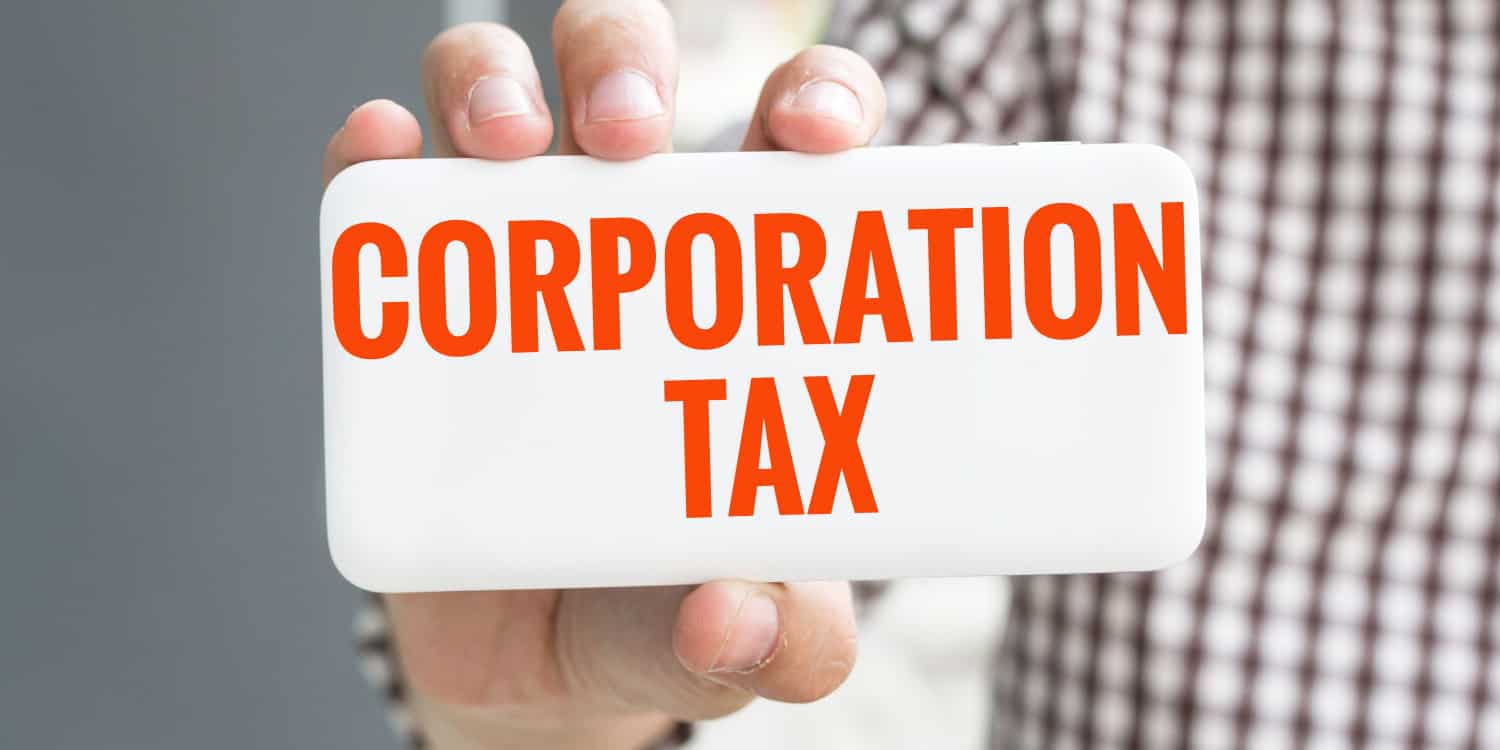The UK government introduced changes to Corporation Tax on 1 April 2023. Previously set at a flat rate of 19%, there is now a main rate of 25%, a small profits rate of 19%, and Marginal Relief for companies whose profits fall in between the thresholds of the two rates.
We discuss these changes and explain what they mean for your limited company. Whether you’re subject to the smaller rate, the main rate, or Marginal Relief on your annual business profits, you should have a better understanding by the end of this post.
Corporation Tax rates in the UK
Corporation Tax (CT) in the UK has experienced various reforms over the years. The most recent change came into effect in April 2023, with the main rate of Corporation Tax increasing from 19% to 25%. This rate applies to companies with annual profits in excess of £250,000 in an accounting period.
There is now also a small profits rate (SPR) of 19% for companies with annual profits up to £50,000. This means that, in effect, many small firms with low profits (e.g. sole director companies or Right to Manage companies) will continue to pay the same CT rate as before.
But what about companies whose profits are between £50,000 and £250,000? If your company has taxable profits between these two thresholds, you can claim Marginal Relief against the portion of profit between £50,000 (the lower limit) and £250,000 (the upper limit).
Marginal Relief has the effect of proportionally increasing the Corporation Tax rate from 19% to 25% as your company profits increase.
How to calculate Marginal Relief
The manual calculation for Marginal Relief can be complex and time-consuming, using a formula of (3/200) x (upper limit – total taxable profits). For example, if your company has taxable profits of £75,000, the calculation will be as follows:
- 25% main rate x £75,000 = £18,750 Corporation Tax
- Marginal Relief is (3/200) x (£250,000 – £75,000), which is 0.015 x £175,000 = £2,625
- Corporation Tax liability = £16,125 (£18,750 less Marginal Relief of £2,625)
However, there is no need to work all of this out yourself when preparing your accounts and Company Tax Return. You can use HMRC’s online Marginal Relief calculator.
This enables you to check whether your company is eligible, calculate the amount of Marginal Relief your company may be entitled to, and get an idea of your Corporation Tax rate and effective CT rate before and after applying Marginal Relief.
To use this HMRC tool effectively and achieve accurate results, you should have the following company information to hand:
- accounting period start date and end date
- total taxable profit
- amount of any distributions from non-group, un-associated companies
- details of any associated company (e.g. subsidiaries)
There is also a quick calculation you can use to work out how much Corporation Tax you will pay. Simply apply a marginal rate of 26.5% to the portion of profits between the lower limit and the upper limit.
For example, if your company has taxable profits of £75,000:
- The first £50,000 will be taxed at the small profits rate of 19% = £9,500
- The remaining £25,000 will be taxed at a marginal rate of 26.5% = £6,625
- Corporation Tax liability = £16,125
In this example, the effective rate of Marginal Relief is actually 21.5% (£16,125/£75,000 x 100). This effective rate is the rate that applies to your total taxable profits, rather than just the portion between the lower and upper limits.
These are handy shortcuts if you want to estimate your tax liability at various intervals throughout the year. However, for accurate and reliable results, you should use the Marginal Relief calculator when preparing your annual accounts and tax return for HMRC.
Better yet, appoint an accountant to do this for you. Aside from relieving some of the pressure, they can provide advice on tax savings and other allowances and reliefs you may be entitled to.
Who can and cannot claim Marginal Relief?
Your limited company may be able to claim Marginal Relief against your Corporation Tax bill if your taxable profit is between £50,000 and £250,000.
These limits will be proportionally reduced if your company’s accounting period for Corporation Tax is shorter than 12 months.
Similarly, if your company has associated companies, the limits will be divided by the total number of companies. For example, if it has one associated company, the lower limit will become £25,000 and the upper limit will become £125,000.
You will not be able to claim Marginal Relief if you are a non-UK resident company, a close investment holding company, or if your taxable profits exceed £250,000.
If more than one rate applies in your company’s accounting period
Companies have different accounting periods for Corporation Tax, depending on when they incorporate and start trading. If you find that more than one Corporation Tax rate applies in your company’s last accounting period because of the changes to rates, you will need to work out:
- how many days each rate applies to
- the tax due for each period
For example, if your last accounting period for Corporation Tax was 1 March 2023 to 29 February 2024, you will pay:
- the previous main rate of 19% for 31 days (1 – 31 March 2023)
- the new applicable rate for 335 days (1 April 2023 to 29 February 2024)
Your Company Tax Return is due 12 months after the end of your accounting period, and your Corporation Tax is due 9 months and 1 day after the end of the period.
For accounting periods beginning or after 1 April 2023, you won’t have to worry about paying the old flat rate. One of the new rates will apply in the whole accounting period.
Wrapping up
The new Corporation Tax rates and Marginal Relief have made matters slightly more complex for companies whose annual profits exceed £50,000. The previous flat rate of 19% was certainly simpler from an accounting perspective.
If you prepare your own accounts and tax returns for your limited company, HMRC’s Marginal Relief tool will help you to calculate the relief and work out your effective CT rate and your Corporation Tax liability.
However, it may be worthwhile appointing an accountant to take care of these duties for you. This will ensure that everything is accurate, whilst also enabling you to focus your time on making your company a success.
Hopefully, you now have a better understanding of the changes to Corporation Tax effective from 1 April 2023. If you have any questions, please leave a comment below and we’ll get back to you as soon as possible.
Please note that the information provided in this article is for general informational purposes only and does not constitute legal, tax, or professional advice. While our aim is that the content is accurate and up to date, it should not be relied upon as a substitute for tailored advice from qualified professionals. We strongly recommend that you seek independent legal and tax advice specific to your circumstances before acting on any information contained in this article. We accept no responsibility or liability for any loss or damage that may result from your reliance on the information provided in this article. Use of the information contained in this article is entirely at your own risk.












